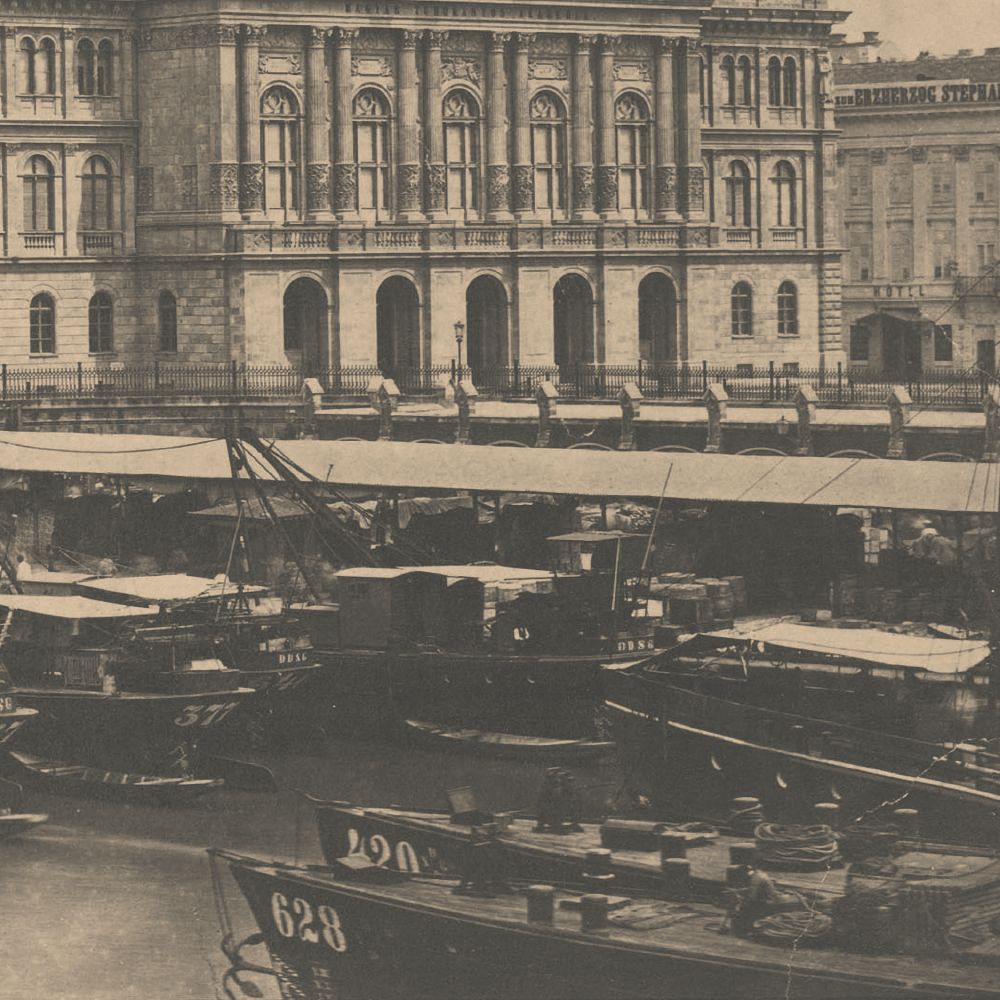
The quick economic development and the population boom of Buda and Pest started in the second quarter of the 19th century. In the beginning, industry was the main component of the economy, especially the milling industry. By 1870, 14 mills operated in Pest, where one-seventh of the whole country’s wheat was processed into flour. Trading flourished, because the city received nearly 600 million kilograms of wheat every year, half of which was also exported to global markets. The profit from milling enabled quick development: after a few years, more than a thousand new buildings had been built, 40% of which had multiple stories.
Establishing a well-functioning transportation system encouraged the residents of Pest to turn to the machinery industry. Pioneers were the Ganz, Röck, Schlick, Oetl and Vidáts factories, the Ship-factory of Old Buda, the rail-repairing workshops and Mávag. Between 1865 and 1874, the number of factory workers nearly doubled. The resulting development from the machinery industry and its operations had different environmental, economic and social factors. The city’s favourable location enabled not only governmental and cultural, but also its economic, trading and industrial potentials to prosper. On the established rail and road system, as well as on the Danube, industrial and agricultural products and materials could be transported to the capital economically, and the processed materials could also be dispatched the same way.
Because of this capitalist development, Budapest became the main market of the country, and also the one and only stock exchange market functioned here. The need for new workers was also solved with the ever growing population.











